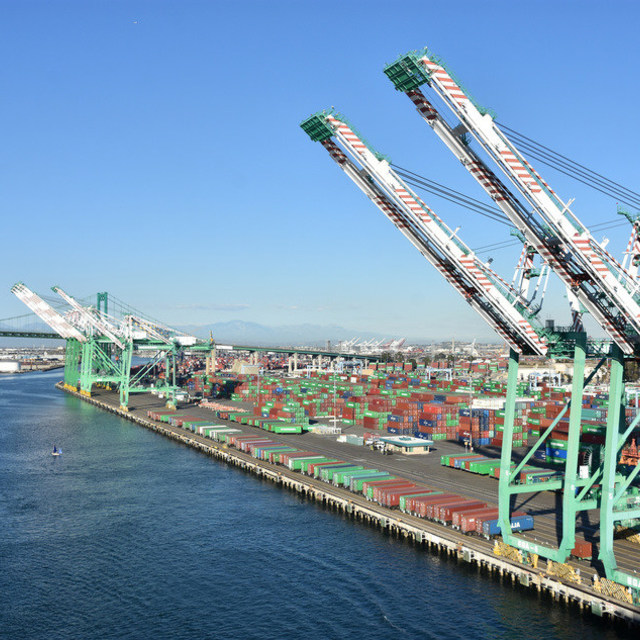Industrial Turbulence in Most California Markets Expected To Linger Through 2026

Despite already seeing significant downward adjustments in asking rents over the past few years, most California industrial markets are expected to continue struggling to achieve future gains, according to CoStar Group.
Out of the largest 10 logistics markets in the state, only Bakersfield, East Bay, Sacramento and Stockton are expected to see some positive growth through 2026, Juan Arias, national director of industrial analytics at CoStar Group, predicts.
On the other hand, markets such as the Inland Empire, Los Angeles and San Jose are expected to continue in the red into early 2027, according to CoStar’s Q3 2025 Industrial Report.
Add that to the fact that six out of the top 10 largest logistics markets in California are expected to continue experiencing negative absorption through the end of 2026, including Los Angeles, Orange County and San Jose.
“Although the Inland Empire is expected to continue seeing positive absorption, it is anticipated to remain at less than half the annual levels observed before the pandemic,” Arias told GlobeSt.
“Vacancy rates in virtually all major California markets are expected to begin to decline by the end of 2026 and early 2027. While this inflection will lag the [anticipated] decline in vacancies for the US, it will help drive a return to positive rent gains across major California markets by the end of 2027.”
Inland Empire West Surged Rapidly Before a Correction
Meanwhile, Altus Group reported that while both East and West Inland Empire saw exceptional rent growth during and after the pandemic, recent data reveals that the Inland Empire West surged rapidly before a correction. In contrast, the Inland Empire East followed a steadier, more consistent trajectory.
Over the past five years, L.A. industrial rents have been up 85% and overall Inland Empire industrial rents have been up 128%. However, over the past year, L.A. has seen a 7% decline and the Inland Empire has experienced a 10% decrease.
While Inland Empire (and LA) industrial leasing momentum has slowed, overall rent levels continue to signal a market that has reset at a higher baseline.
Proximity to L.A., competition for assets, post-pandemic e-commerce demand and access to major ports fuel dramatic differences between submarkets.
Sally Johnstone, senior manager of advisory for Atlus, told GlobeSt.com that sharp interest rate hikes in late 2023 had a cooling impact on deal flows and that port congestion easing and e-commerce sales (which had pushed demand for warehouse space up) were moderating, which dampened demand somewhat.
Speculative Deliveries Will Restore Balance
Arias said that a continued decline in new speculative deliveries across most geographies will help restore balance to these markets as well. For example, the annual delivered square feet of logistics properties in the Inland Empire is expected to fall to just 8.1 million square feet by 2026, the lowest level seen in over 13 years.
Nationally, industrial vacancies have reached their highest level in nearly a decade and the trend is expected to continue, according to CoStar data.The ongoing trade wars have weakened overall activity, particularly in the freight market.
Mounting evidence shows sluggish demand for industrial real estate. Vacancies are expected to reach 7.9% in 2026, while rent growth is at a near 13-year low, averaging 1% for the year — telling you that California isn't alone in the muddy industrial climate.
Source: GlobeSt/ALM